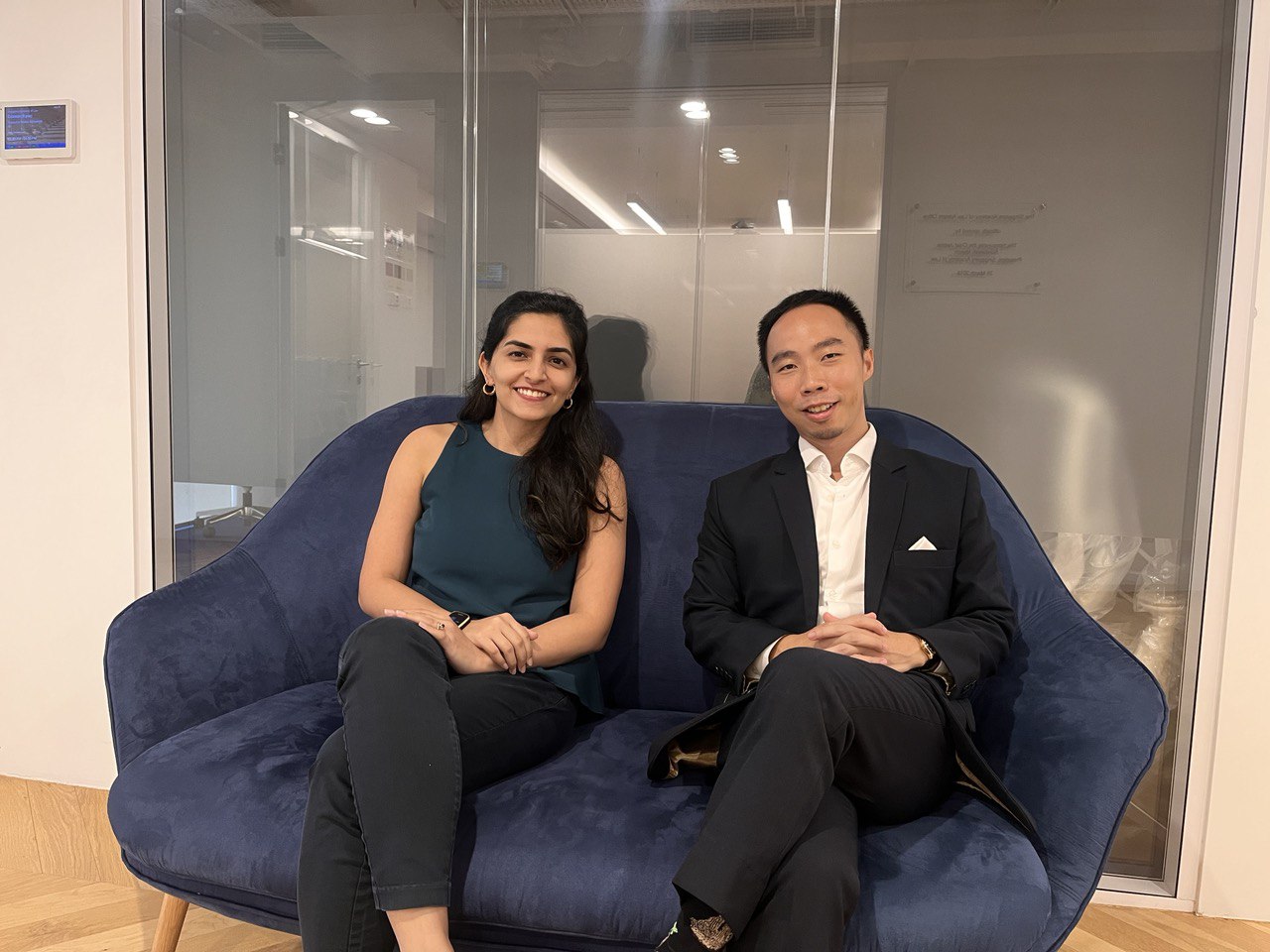WHEN YOUNG LAWYERS FACE YOUNG CLIENTS
We speak to two young SAL members helping youths who have run afoul of the law.

Tanaya and James—two young SAL members making a difference in the lives of youths
BY ASHUTOSH RAVIKRISHNAN
For lawyers dealing with youths, a technical understanding of the youth justice system is, of course, a given. But just as useful is a nuanced understanding of the do’s and don’ts when dealing with clients under the age of 16. For these insights, we turn to Mr James Ow Yong, Director at Kalco Law, and Ms Tanaya Shekhar Kinjavdekar, Senior Associate at Trident Law, who have seen their fair share of cases involving youth.
First impressions are everything
The first words exchanged between counsel and a youth client can be a gamechanger. Opening with questions like ‘What did you do?’ is a no-no, says James. “There’s already a presumption of guilt there and that can be difficult to walk back from.” Tanaya agrees, adding that simple questions, unrelated to the matter itself, help break the ice. She explained that, especially for the young ones who are in remand—it helps to just check in with them, asking them if they’ve eaten and how they’re doing generally.
First impressions extend to non-verbal cues like eye contact and one’s dressing as well. James says, “You want to appear relatable. Court and office attire don’t convey that—so I try to keep it simple with a jeans and t-shirt when I meet them outside of court.”
Winning the confidence of a young client is also easier when you speak their language—for example, knowing that “Tele” is shorthand for Telegram, instead of looking confused when the term comes up. “It may seem trivial, but all these things go a long way towards building trust and familiarity,” shares Tanaya.
Difficult situations
But even with the best precautions and intentions, meetings with youth clients can still go awry. Tanaya recalls a session with a client, who had a breakdown after she tried to explain that the prosecution was seeking a reasonable sentence.
“On hindsight, he probably felt that there was no one on his side.” Tanaya explains that she had to manage the situation and ensure that her reactions or responses to the client did not worsen his mental state.
“I tried to slow things down, lower my voice and calm the situation. That helped him realise that I wasn’t there to attack him and that we’re actually on the same team. I had to calmly emphasise that although I thought they [the Prosecution] were being reasonable, I would still be helping him by mitigating on his behalf. That did the trick.”
Families, even well-meaning ones, can also be challenging to deal with. They can affect the tone of client-counsel meetings, explains James. “They may want to be part of the process but in some cases, it might be better if they aren’t there. Some youths put on a brave or rebellious front for their parents, which may hinder the process. At times, they may have expectations that aren’t realistic, like an acquittal at all costs. As lawyers, we know that may not happen, and that means unhappiness all around.”
In such situations, he turns to his colleagues for support. “Sometimes, having another teammate talk to them helps. Or I bring up the fact that I’m a parent too, so they know that I can empathise with their situation.”
"What would I have done?"
Despite these challenges, Tanaya and James welcome the opportunity to work with youth offenders. As Tanaya puts it, it has been a reminder to always put things in perspective and to avoid jumping to conclusions or being influenced by stereotypes. “Compared to many of the youths I’ve helped, I’ve had it much easier. And not just in a socioeconomic sense—people from wealthier backgrounds can also go through traumatic experiences that could lead to bad decisions. It gets me thinking: If I were in their position, what would I have done? It’s not always a clear-cut answer.”
For James, working with young offenders keeps him refreshed. “Every case offers with a fresh set of facts, perspectives, and considerations. The availability of various case outcomes and sentences options also present an opportunity for someone’s life to be impacted. This working environment motivates me to be youthful and creative in my approach to practice – that it’s never same ol’ same ol’.”
Learn more about Singapore’s youth justice system through Youth Justice in Singapore: Rehabilitation, Reintegration, Restoration. The title, penned by Ms Lim Hui Min (Legal Aid Bureau), is an excellent guide and resource for anyone working with youths, from lawyers to youth workers, educators to parents, and more generally, anyone who is interested in learning more about the youth justice system in Singapore. Learn more about the book here.






